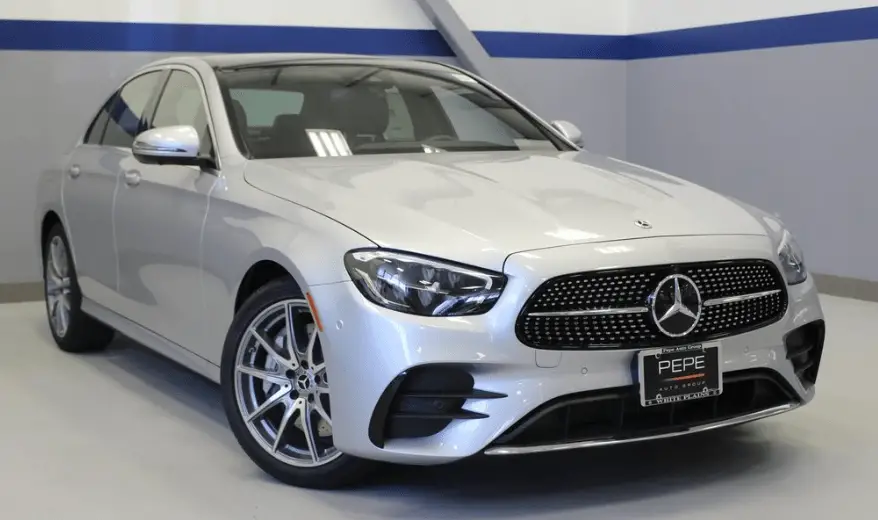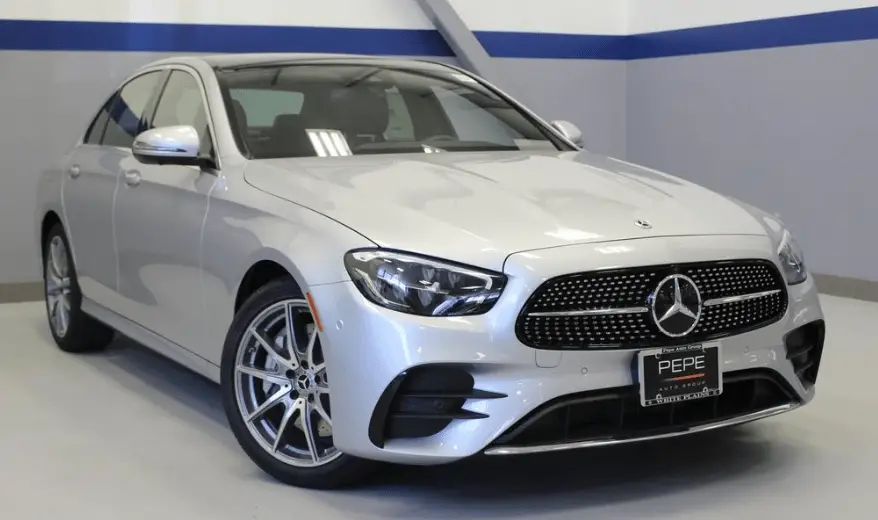Mercedes-Benz AMG E-CLASS 2022 User Manual The Mercedes-Benz AMG E-Class for the year 2022 is a high-performance variant of the E-Class luxury sedan. It represents the blending of luxury and sportiness, offering a powerful driving experience combined with cutting-edge technology and premium features. Design: The AMG E-Class features a distinctive and athletic design that sets […]



